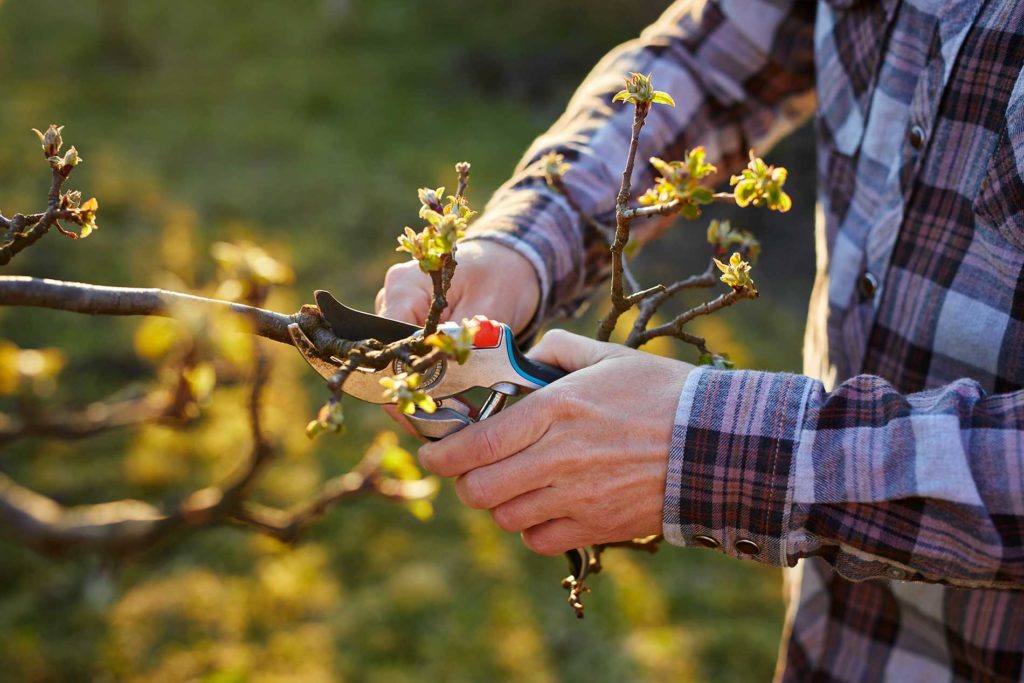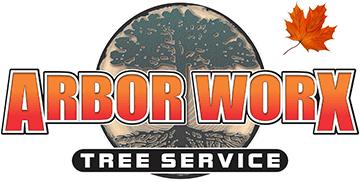With bright green leaves and blooming flowers, summer in Kelowna is a gorgeous time of year. However, with over 20 species of native trees in the Okanagan Valley, various types of tree fungus can be an issue for treed properties. From cherry and apple trees to Ponderosa pines, no trees in Kelowna are immune from the damaging effects of tree fungus disease. Here are a few of our pro tips to help you identify and get rid of invasive tree fungus.
1. Black Knot Disease
Kelowna’s hot dry climate make it the perfect place for orchards and fruit trees. However, those conditions don’t always prevent fungus growth on the Prunus species of trees, including cherries, plums, and peaches. To check for black knot disease on your fruit trees, look for early-stage growth of small, light brown bumps. As the fungus grows, those bumps will harden into thick black knots—which, left untreated, will choke the trunk or branch they surround.
2. Cherry Powdery Mildew
Kelowna’s warm climate and a rainy June is ideal for cherry powdery mildew growth. This invasive tree fungus appears on water shoots, buds, and young leaves as patches of white powder. As the crop progresses, white patches turn into harder black specks that continue to spread to mature leaves and bark. Once the tree begins to fruit, the mildew can spread to the surface of the cherries and cause rough, circular depressions. This fungus is unique because once the mildew develops, it creates a secondary strain of spores that can easily spread to neighbouring trees.
3. Bronze Leaf Disease
Poplars are prominent in Kelowna’s parks and residential communities. Unfortunately, they’re also a popular host for invasive bronze leaf disease. From Swedish columnar aspens to tower poplars, bronze leaf disease appears as reddish-brown discolouration on the edges of infected leaves. If the disease is left untreated, it will progress to the veins of the leaf and into the branch’s bark.

There are things you can do for Tree Fungus Treatment and Prevention:
- Avoid planting trees too densely or close together.
- Examine all trees on your property for symptoms of invasive fungus.
- Prune any diseased branches or water sprouts (small branches also known as suckers) as soon as possible to prevent fungal spores from spreading.
- If the tree is severely damaged or dead, contact a professional arborist on our team at Arbor Worx to have it safely removed.
Book Our Tree Services Today!
Arbor Worx Tree Service has been proudly serving the Kelowna area for over 14 years. Should you need an opinion on tree fungus, our professional team offers tree maintenance and removal services. We also do deep root fertilization and dangerous tree removal. Contact us today!
